Unraveling the Mysteries of Large Language Models
The field of AI has made significant strides in recent years, particularly in the realm of natural language processing (NLP). A recent survey delved into the realm of large language models (LLMs), examining their development, key findings, and mainstream techniques. The study focused on four primary aspects of LLMs: pre-training, adaptation tuning, utilization, and capacity evaluation. As LLMs continue to revolutionize how AI algorithms are developed and utilized, this survey provides a valuable resource for both researchers and engineers alike.
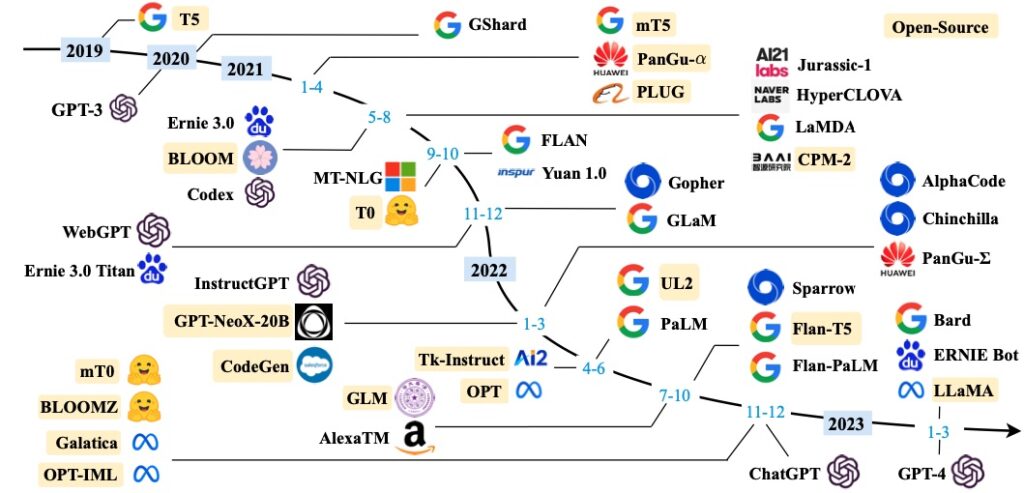
Language modeling has evolved over the past two decades, transitioning from statistical models to neural language models, and more recently, pre-trained language models (PLMs). Researchers have discovered that scaling up the size of language models leads to improved performance, with large language models (LLMs) exhibiting unique abilities not present in smaller-scale models. A prominent example of LLMs’ success is ChatGPT, which has garnered widespread attention and demonstrated their significant impact on the AI community.
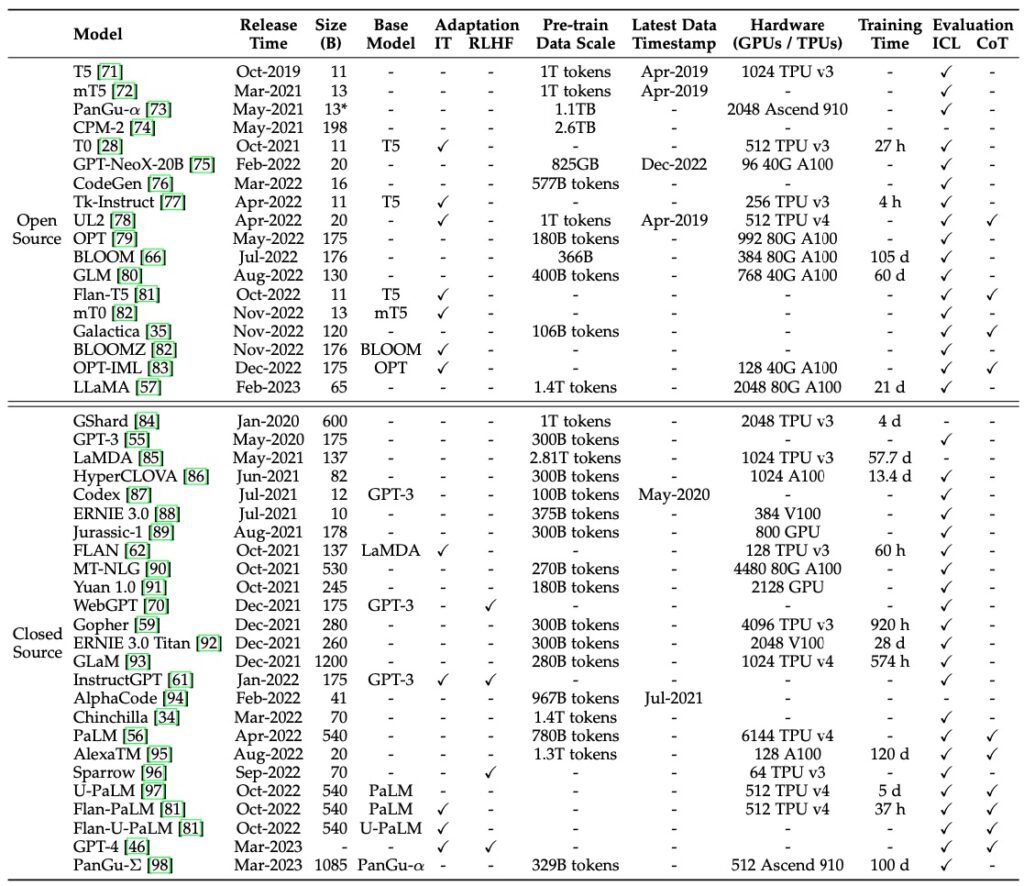
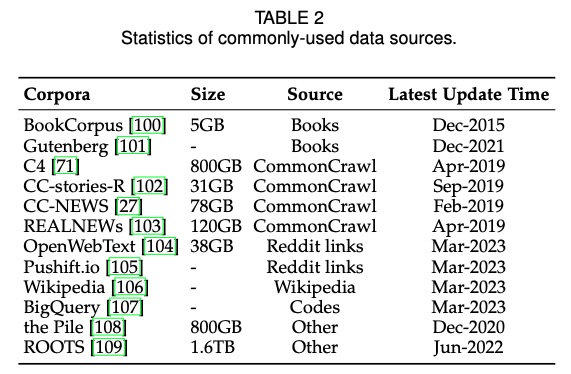
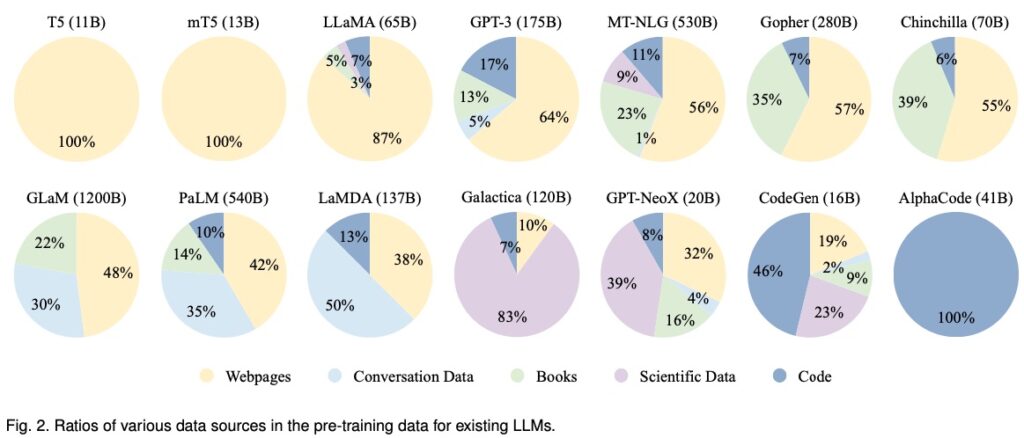

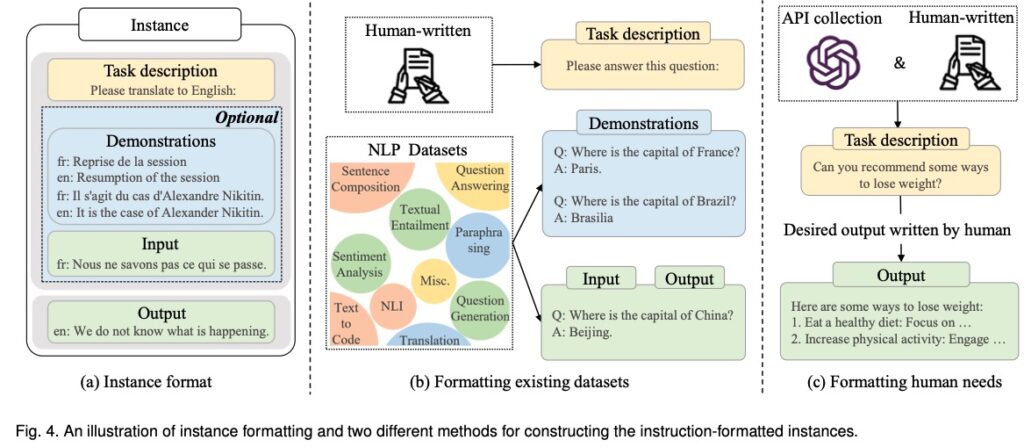

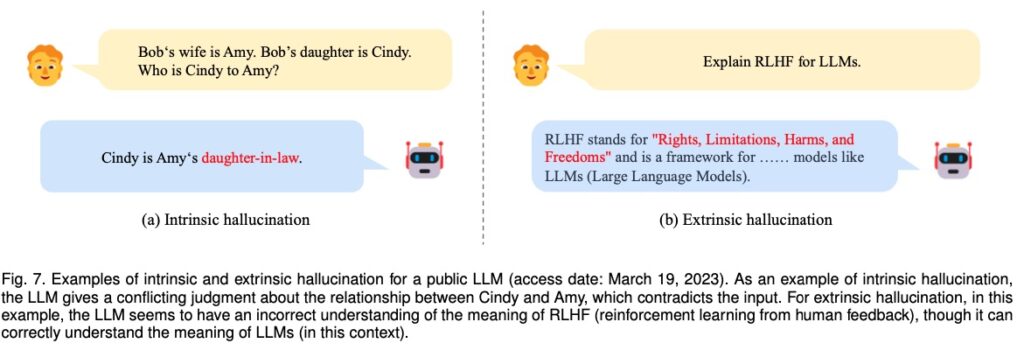
The survey’s main focus areas reveal key insights into the development and utilization of LLMs. In pre-training, researchers have uncovered techniques for efficiently training models using large-scale corpora, while adaptation tuning involves fine-tuning models for specific tasks. Utilization refers to the various applications of LLMs in real-world scenarios, and capacity evaluation explores how to measure and analyze the performance of these models.
The study also highlights available resources for developing LLMs and discusses potential future directions. As the field of LLMs continues to evolve, several challenges remain, including the need for more efficient training methods, addressing ethical concerns, and developing strategies for robust and reliable AI systems.
This comprehensive survey serves as a timely resource for researchers and engineers working with LLMs, shedding light on recent advancements, technical nuances, and future prospects. As AI continues to permeate various aspects of our lives, understanding and harnessing the power of LLMs will be crucial for unlocking their full potential in language understanding and generation.
